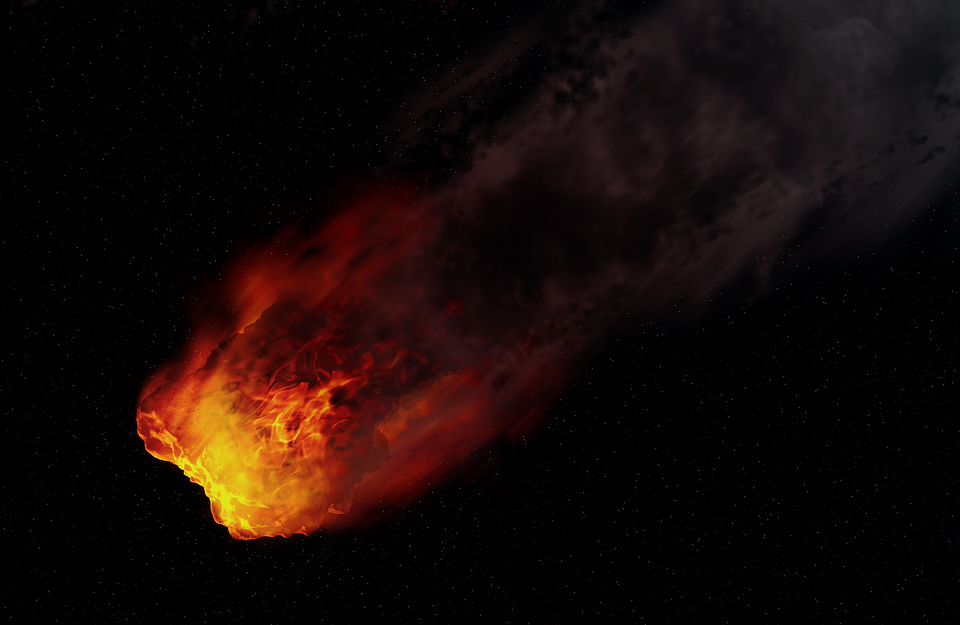

The Minor Planet Center under the International Astronomical Union has recorded 44 observations that were used to determine the asteroid's orbit. The recent prediction is a result of these observations. Observations regarding 2021 NY1's orbit date back to June 12, 2021, as per Space Reference. The next close approach is predicted to happen on September 23, 2105, when 2021 NY1 will be at a distance of 2,650,398km from the Earth. The flyby is supposed to be the closest approach between the asteroid and Earth in almost a century to come. While it orbits around the Sun, it comes as close to it as 0.99AU (over 145 million kilometres) and reaches as far as 3.90AU (over 580 million kilometres) from the Sun. In each panel, range increases down and Doppler frequency increases to the right, so illumination comes. The asteroid completes one revolution around the Sun every 1,400 days or approximately 3.83 years when compared to the Earth's revolution. Delay-Doppler radar images of Apophis obtained on 2021 March 8, 9, and 10 by transmitting with the 70 meter DSS-14 antenna at Goldstone and receiving with the 100 meter Green Bank Telescope in West Virginia. Space Reference, a website that collects data from NASA JPL and other databases, has even created an orbit simulation of the predicted event.

Its orbit is 0.01AU (1.5 million kilometres) from the Earth's orbit when the paths are closest to each other. Based on its brightness and the way it reflects light, scientists estimate it to be between 0.127km–0.284km in diameter.Ģ021 NY1 asteroid's orbit almost crosses the orbit of the Earth. It is a small- to average-size asteroid, estimated to be as big as a school bus.Ģ021 NY1 is categorised as an Apollo-class asteroid. The asteroid is estimated to fly by at a speed of 9.35kmps when it inches in towards Earth. It is estimated to pass within 1,498,113km of the Earth sometime around September 22, 2021.

It has also been classified as a near-Earth object owing to its predicted close pass by our planet. The asteroid has been classified as a Potentially Hazardous Asteroid (PHA) by NASA Jet Propulsion Laboratory (JPL). An asteroid named 2021 NY1 could come close to hitting the Earth this month.


 0 kommentar(er)
0 kommentar(er)
